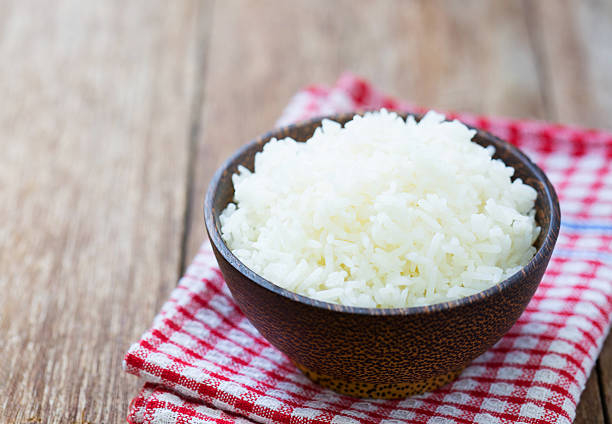White rice
White rice is a grain that is commonly consumed in many nations as a staple diet. The primary distinction between white and brown rice is that white rice has been stripped of its bran and germ. As a result, it contains less fiber, minerals, and antioxidants. Nonetheless, white rice contains a good number of vitamins and minerals. A 4-ounce (79-gram) portion of white rice has 19% of your daily folate requirements. It also meets 21% of men's daily thiamine requirements and 22% of women's daily thiamine requirements. A serving of 4-ounce (79-gram) long-grain white rice contains 13% of your daily value for manganese.
White rice has a high carbohydrate content, with 22 grams in a 4-ounce (79-gram) portion. Its high glycemic index is due to its carbohydrate load and lack of fiber (GI). The glycemic index measures how rapidly a food raises blood sugar. It has been proposed that consuming high GI meals, such as white rice, at least 1 hour before bedtime may assist enhance sleep quality. One study analyzed the sleeping habits of 1,848 persons based on how much rice, bread, or noodles they consumed. Higher rice consumption was linked to better sleep than bread or noodles, as well as longer sleep duration.











